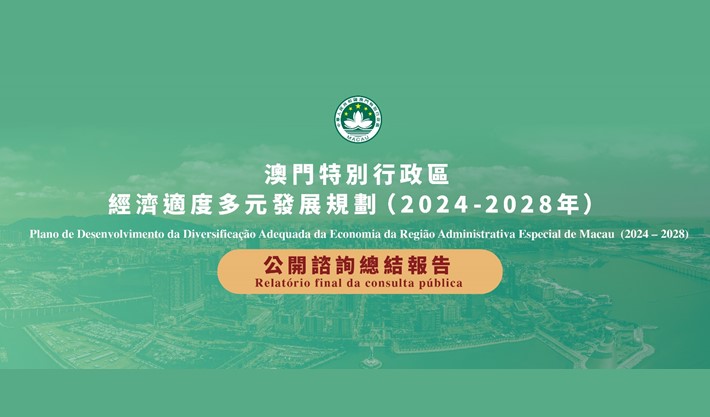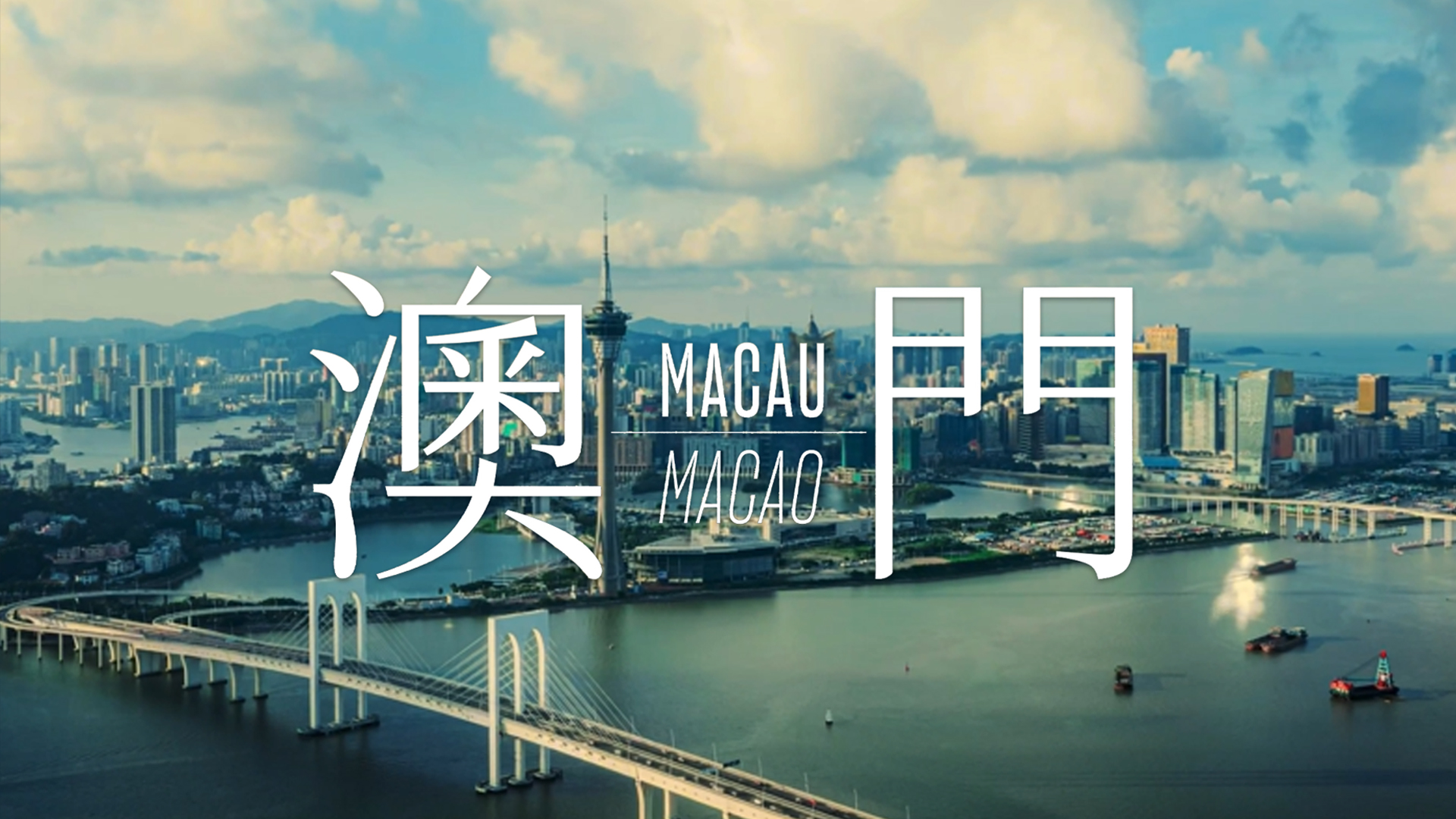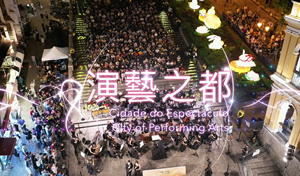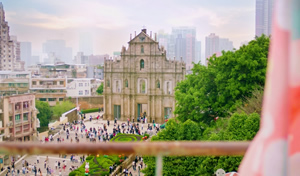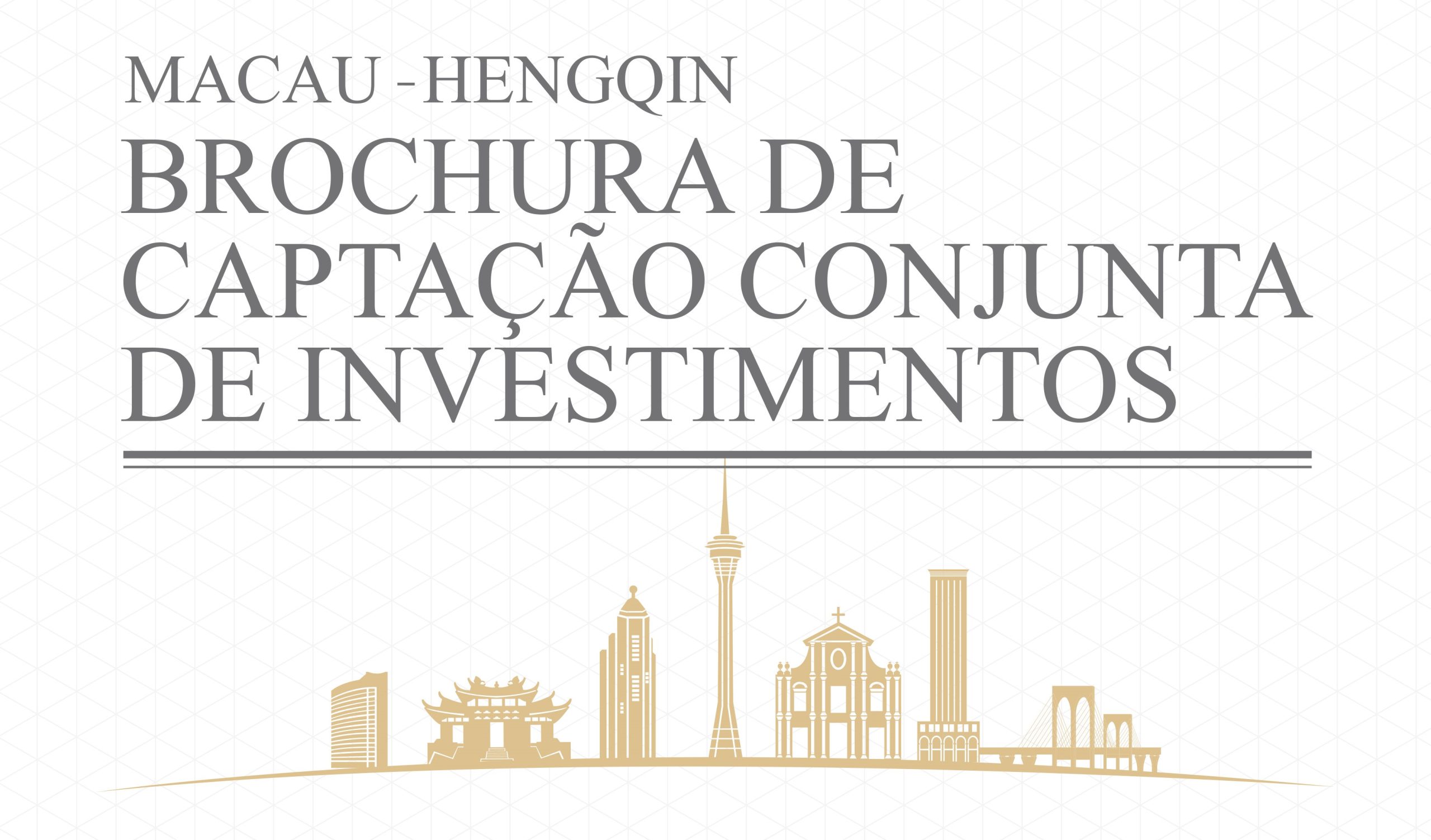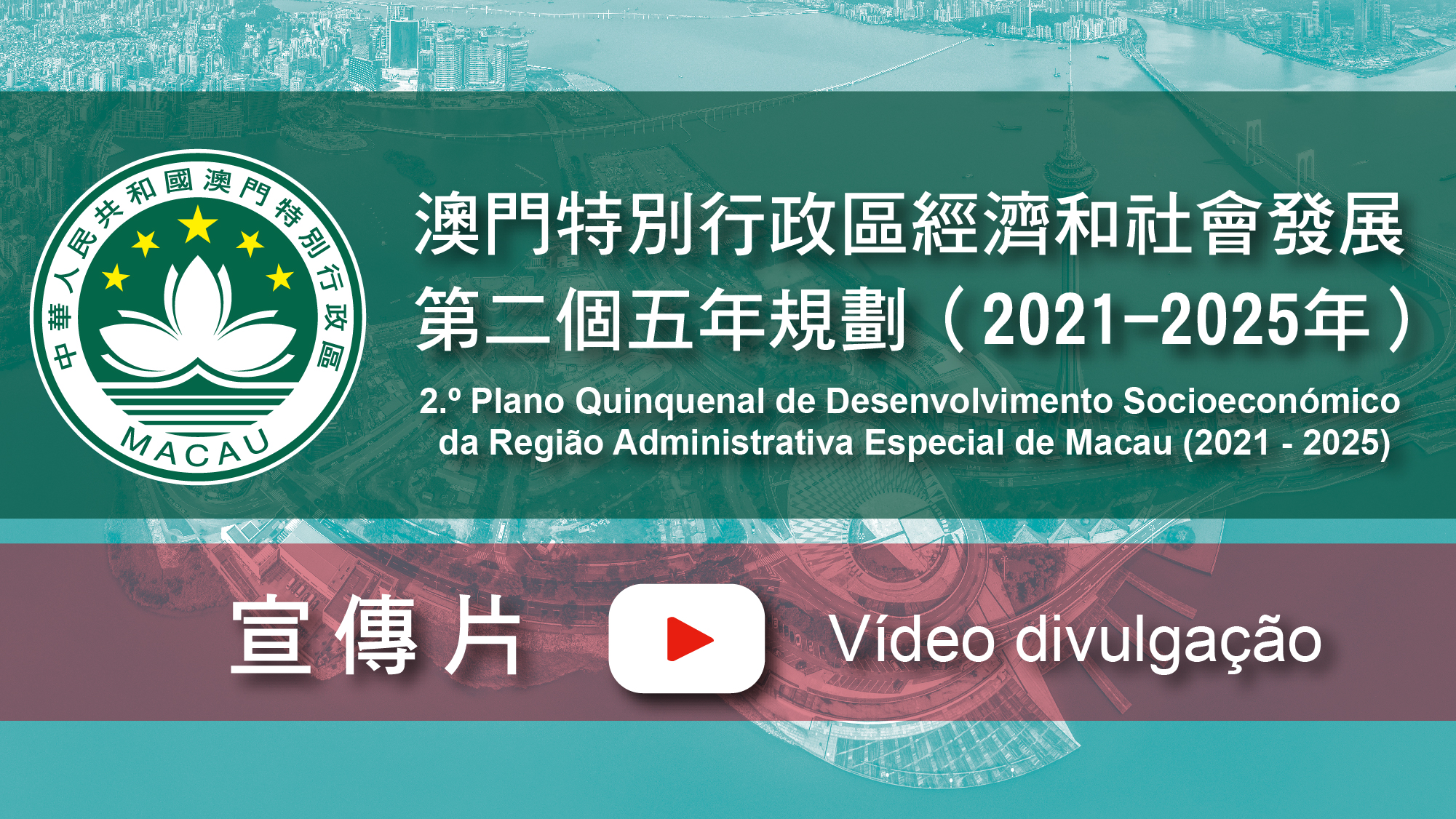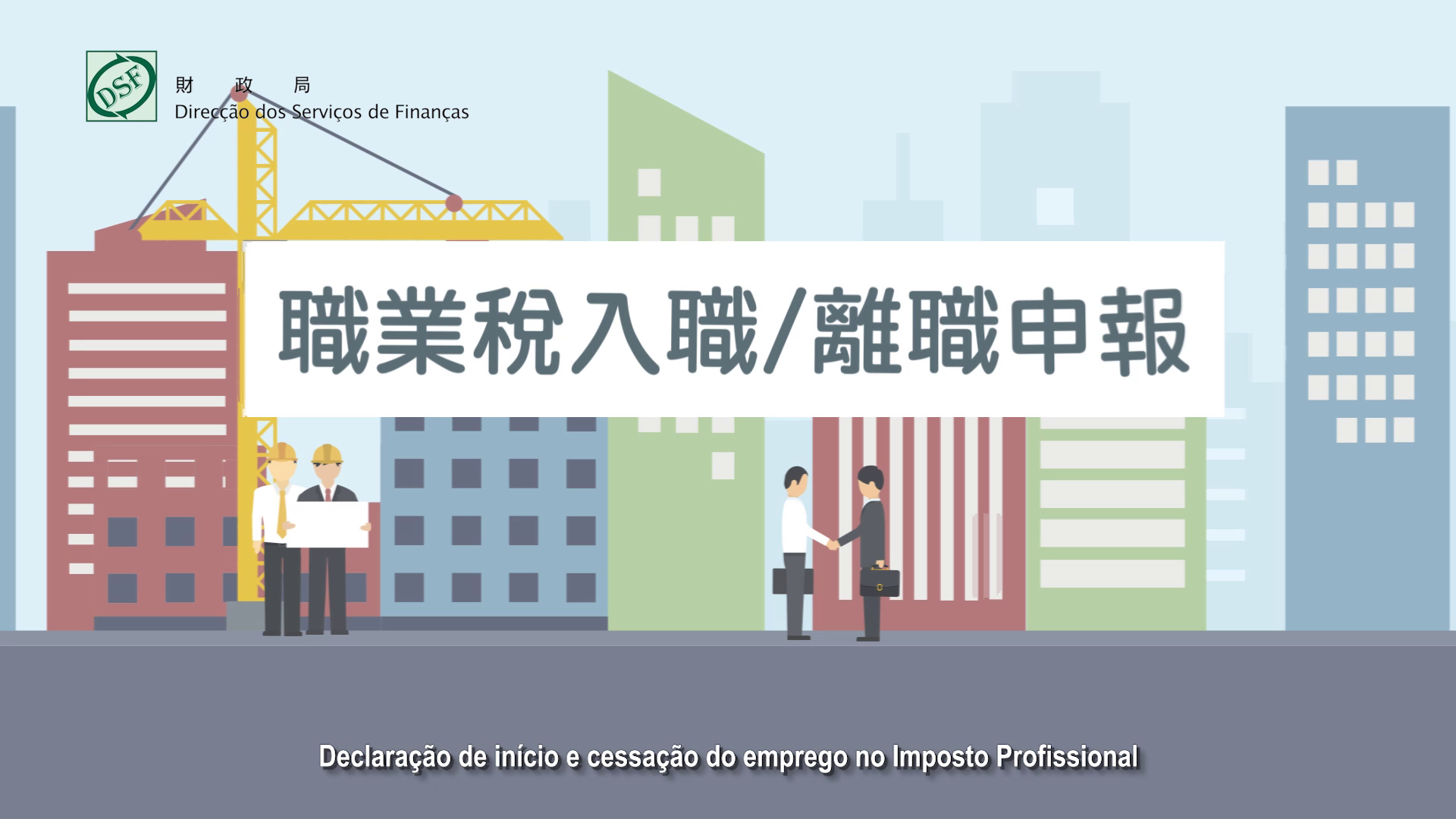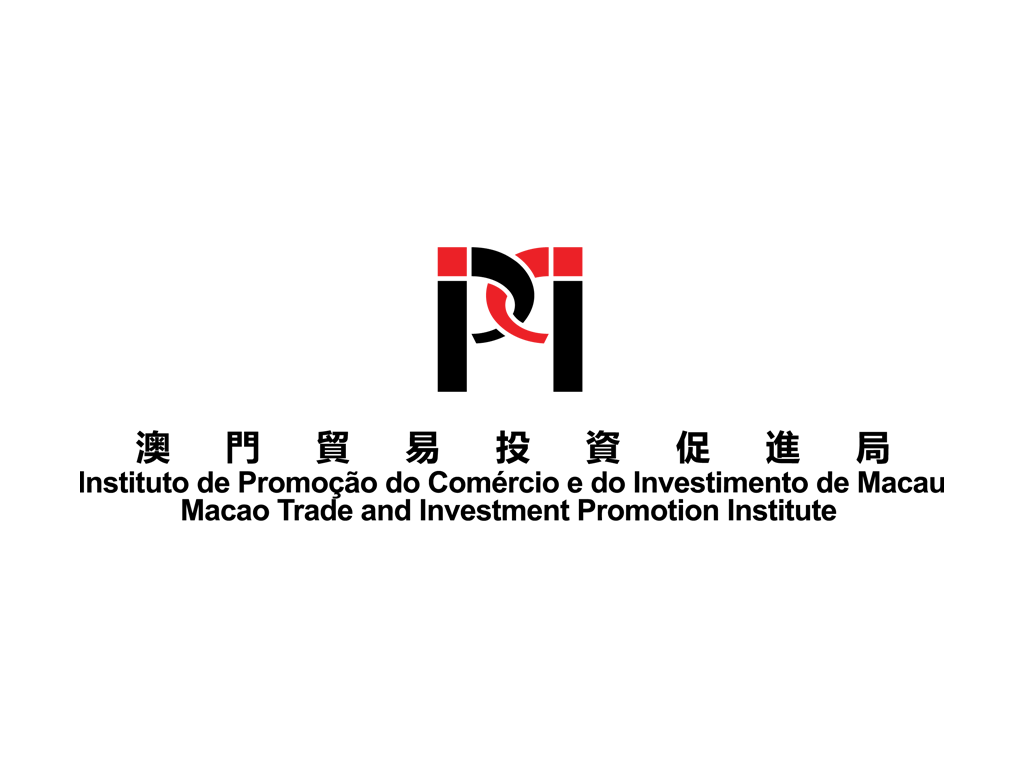Pesquisar
Macao, A City Dotted with
Fine Portuguese Restaurants

The blending of Chinese and Portuguese food is the embodiment of Macao’s cuisine. One may stroll into a traditional Chinese teahouse in the morning to have tea and dim sum, and in the afternoon a Portuguese cafe to enjoy a cup of espresso and some Portuguese-style pastries or desserts, such as “Pastel de nata” and “serradura”. It is part of daily life for people in Macao to move from Cantonese culinary delights to Portuguese cuisine within just a few hours. Macao’s cuisine is much more a blend of eastern and western food than Hong Kong’s. Portuguese food has been around for several centuries and has left a lasting impression on Macao.
Portuguese cuisine is divided into many categories with traditional cuisine as the mainstream. Central Portuguese food mainly includes meat, while coastal Portuguese cuisine is famous for its seafood. Grilling, steaming, baking and stewing are the main cooking methods. Sauces are used sparingly, except for garlic and balichao. The food is juicy and tastes a tad salty but not excessively spicy.
Portuguese cuisine began to take off in Macao in the 16th century as Portuguese seafarers brought their cuisine overseas. At the same time, spices found in the Portuguese overseas territories became an integral part of the Portuguese gastronomy, thus changing the original flavour.
Absorbing Asian Cooking Techniques
Portuguese cuisine in Macao was adapted by Macanese families and their cooks. Soon after the Portuguese settled in Macao, intermarriage began to join the two communities and respective cuisines. A typical product of “intermarriage” between the Chinese and Portuguese cuisines is the so-called ‘Portuguese Chicken’. Although it is named “Portuguese”, it is actually not an original Portuguese dish. Macanese cooks prepared the dish with the basic Portuguese technique of steaming, but seasonining it the Cantonese way and adding olives, coconut milk, olive oil, potatoes and other ingredients. The dish constitutes a “joint venture” between Chinese and the Portuguese cuisines. Other dishes such as African Chicken and African Curry Crab owe their names to the fact that pepper and curry from Zambia and East Asia Countries are used for their preparation.
Portuguese savour salted foods, as is seen in their fondness for bacalhau. It is said that there are more than 70 different ways to prepare bacalhau. It is a must for the Portuguese every Christmas Eve.
Bacalhau is cod-fish preserved in sea salt. Hundreds of years ago, Portuguese fishermen started to preserve cod-fish in sea salt to prevent them from rotting during the journey of many months to Macao, which was then called the Oriental Venice. As many Portuguese returned to Portugal after Macao’s reversion to China in 1999, bacalhau is not as popular here now since many Chinese think it is too salty. Consequently, most Portuguese restaurants in Macao adopted the Cantonese way of cooking and soaking the fish in fresh water for a longer period so that the bacalhau suits local palates.
Customarily, the Portuguese compliment their meals with red, white or green table wines, the same as other Mediterraneans.
A Mirror of Local Culture
Cuisine reflects the local life style and history. Macao’s Portuguese cuisine is a blend of Cantonese and Portuguese recipes and ingredients. Spices and other ingredients such as rice wine, vinegar, soya sauce, oil, ginger, and garlic are indispensable when cooking certain Macao-style Portuguese dishes. Therefore, visitors should not be surprised when discovering that certain “typical” Portuguese dishes such as kidney-bean stew (feijoada), duck-blood rice, mutton stew and other dishes are prepared with help of Chinese cooking techniques. Perhaps, this goes to shows that they are bona fide Macanese dishes.
Macao boasts several dozen fine Portuguese restaurants in the Inner and Outer Harbours, the city centre and on Taipa and Coloane Islands. They have become an integral part of local life and the tourism industry. With the liberalisation of the gaming industry and improvement in tourism facilities, Portuguese cuisine is to Macao what roasted duck is to Beijing, steam buns to Shanghai, sushi to Japan and pizza to Italy.



